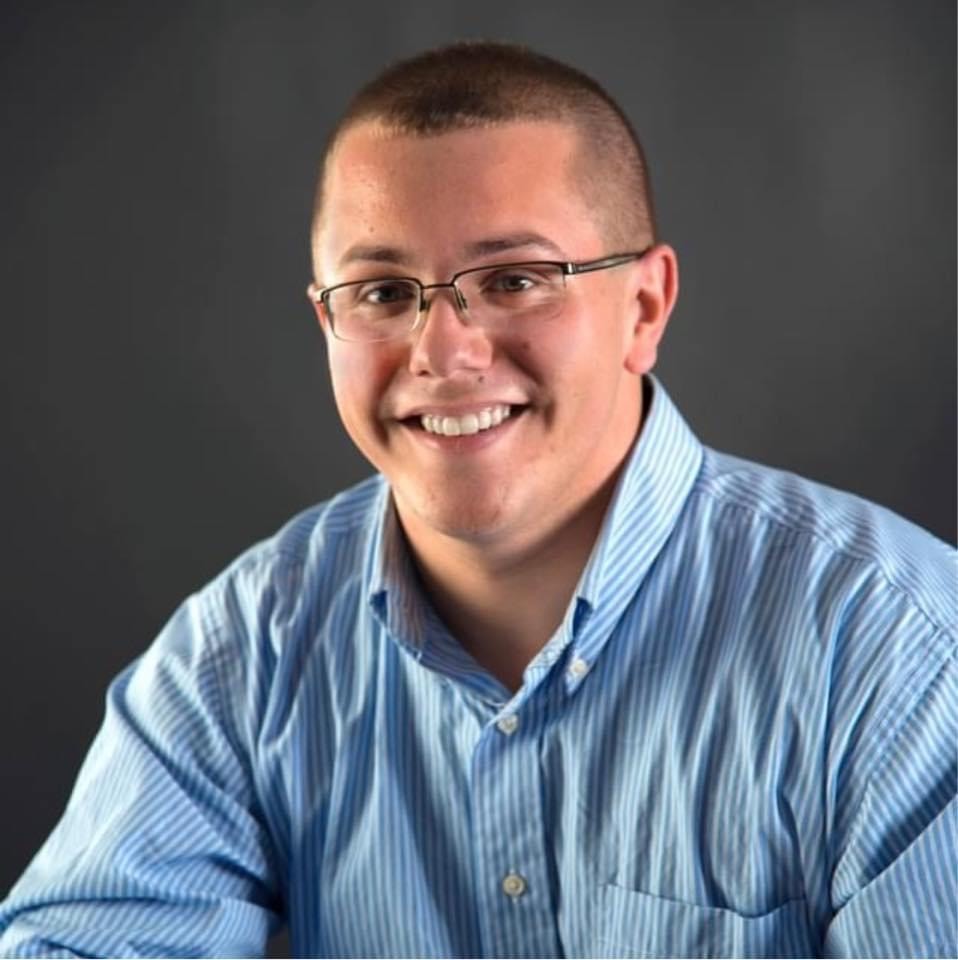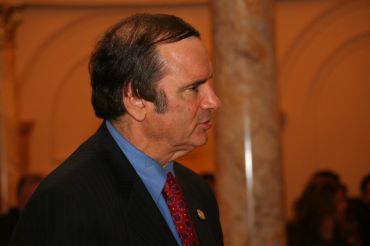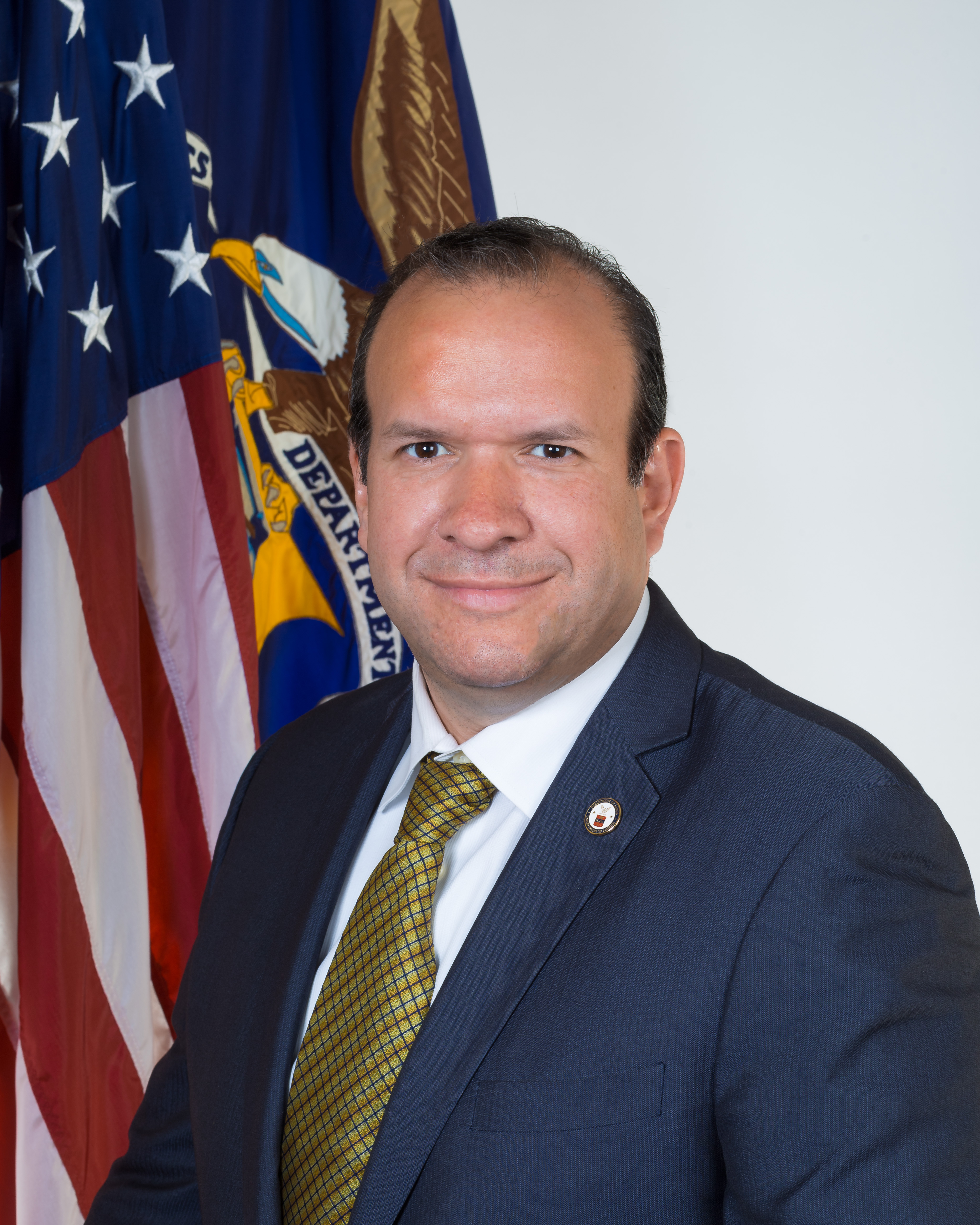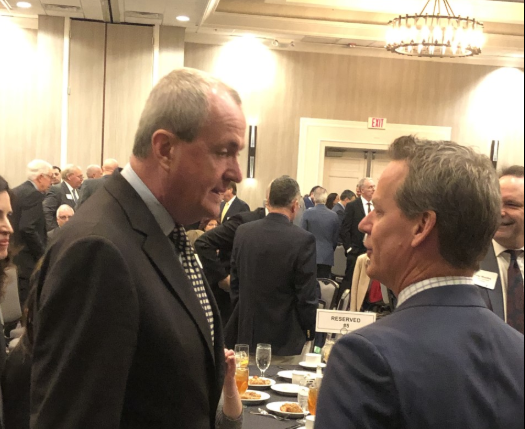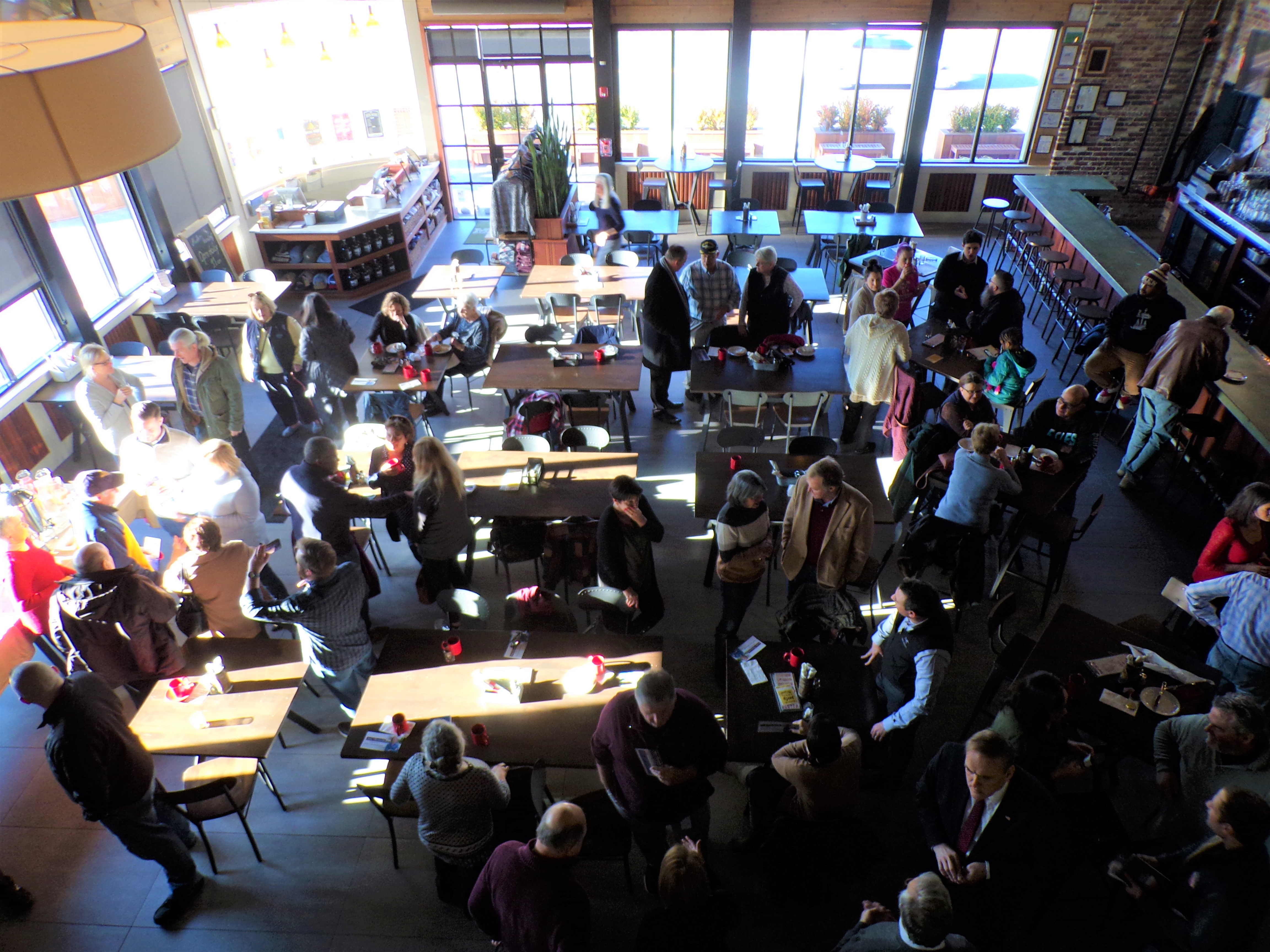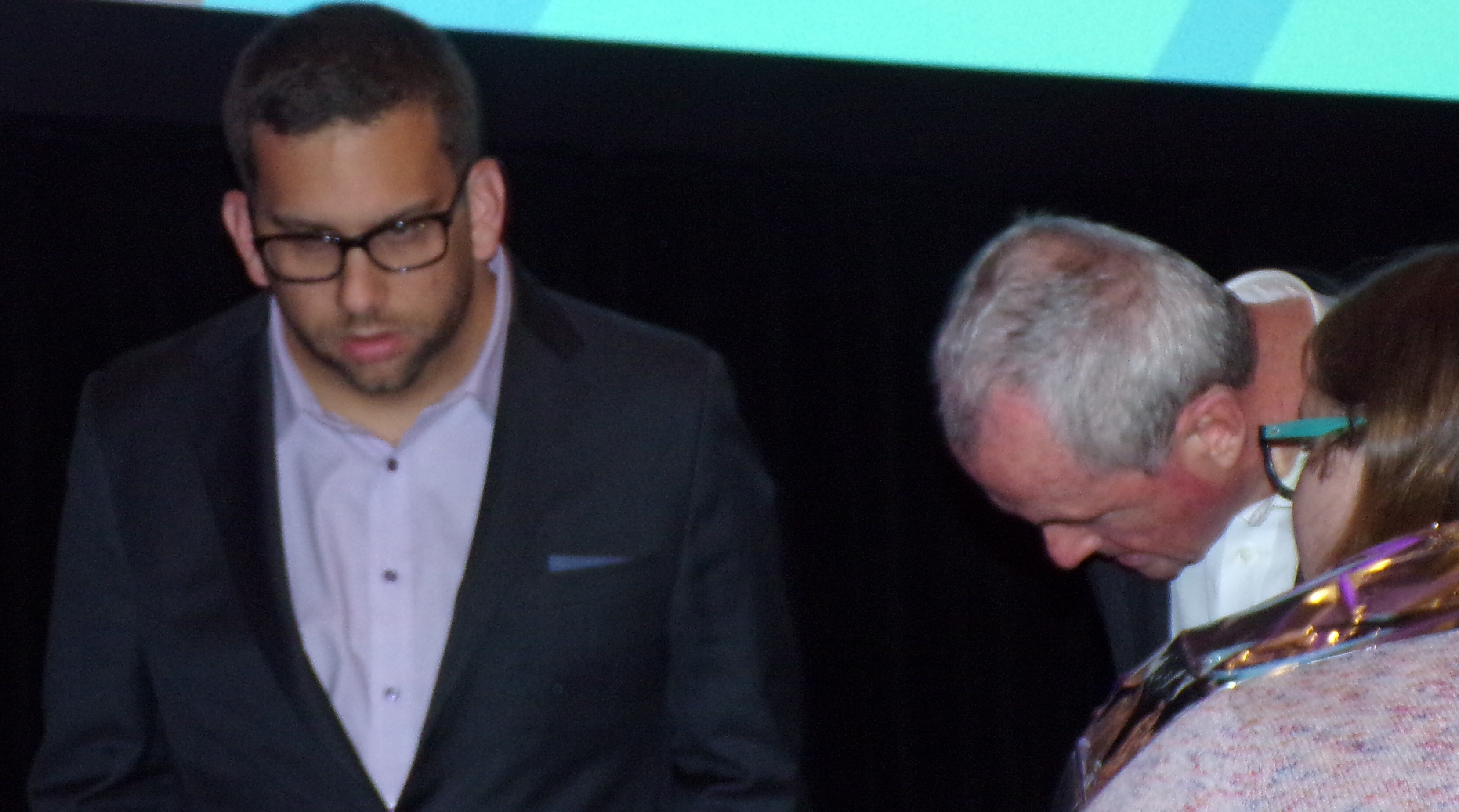Hampton Township is a township in Sussex County, New Jersey, United States. As of the 2010 United States Census, the township’s population was 5,196, reflecting an increase of 253 (+5.1%) from the 4,943 counted in the 2000 Census, which had in turn increased by 505 (+11.4%) from the 4,438 counted in the 1990 Census.
Hampton Township was formed from portions of Sussex County by an act of the New Jersey Legislature on April 11, 1864. The township was named for Jonathan Hampton, who donated land in 1769 to the Episcopal Church of Newton. State legislator Robert Hamilton, an Episcopalian, appreciated Hampton’s generosity, and gave the township its name. Portions of the township were taken on February 24, 1904, to form Fredon Township.
According to the United States Census Bureau, the township had a total area of 25.295 square miles (65.514 km2), including 24.376 square miles (63.135 km2) of land and 0.919 square miles (2.380 km2) of water (3.63%). The township is located in the Kittatinny Valley, a section of the Great Appalachian Valley that stretches 700 miles (1,100 km) from Canada to Alabama.
Crandon Lakes (with a 2010 Census population of 682 in Hampton Township, out of a CDP total of 1,178) is an unincorporated community and census-designated place (CDP) split between Hampton Township and Stillwater Township. Other unincorporated communities, localities and place names located partially or completely within the township include Balesville, Emmons Station, Halsey, Lake Kemah, Little Swartswood Lake, Mecca Lake, Myrtle Grove, Paulins Kill Lake, Smiths Hill, Spring Lake and Washingtonville.
Smiths Hill is a hill located at 41.0825969°N 74.7468316°W in the Kittatinny Valley of the Appalachian Mountains. The summit rises to 863 feet (263 m).
As of the 2010 United States Census, there were 5,196 people, 2,021 households, and 1,445.015 families residing in the township. The population density was 213.2 per square mile (82.3/km2). There were 2,200 housing units at an average density of 90.3 per square mile (34.9/km2). The racial makeup of the township was 96.44% (5,011) White, 0.83% (43) Black or African American, 0.08% (4) Native American, 1.19% (62) Asian, 0.02% (1) Pacific Islander, 0.44% (23) from other races, and 1.00% (52) from two or more races. Hispanic or Latino of any race were 3.85% (200) of the population.
Source: Wikipedia



